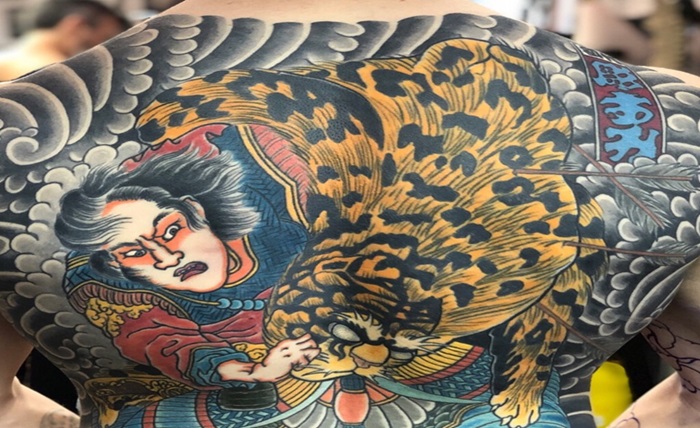Getting a Japanese suit tattoo is an incredible journey toward creating a detailed and meaningful piece of body art. Since it typically covers a large portion of the body and involves intricate designs, choosing the right artist is essential. The artist must have deep knowledge of Japanese art, cultural symbolism, and a high level of skill. Here are some tips for Japanese suit tattoos to help you find the perfect artist for your vision.
Research and Reputation
The first step is to research artists who specialise in Japanese suit tattoos. Look for those with a solid portfolio that reflects their expertise in this specific style. Tattoo forums, social media platforms, and tattoo conventions are great places to explore artists’ work and get recommendations. Pay close attention to the quality and execution of their designs, especially their use of line work, colour, and shading. Additionally, seek out artists with strong reputations; client testimonials can provide valuable insights into their skills and professionalism.
Understanding of Japanese Culture and Symbolism
A skilled Japanese suit tattoo artist should have a deep understanding of Japanese culture, history, and symbolism. Many traditional Japanese tattoo motifs carry specific meanings. For instance, koi fish often represent perseverance, while cherry blossoms symbolise the fleeting nature of life. An artist with this knowledge can help guide you in selecting designs that not only look beautiful but also align with your personal story and values.
Artistic Skill and Technique
Given the complexity of Japanese suit tattoos, the artist’s technical skill and artistry are critical. These tattoos often feature elaborate, flowing designs with rich detail, requiring an artist who excels in creating clean lines, vibrant colours, and intricate shading. When you meet with potential artists, ask about their approach to designing a full-body suit tattoo. They should be able to explain how they plan to harmonise the various elements so that the tattoo flows naturally with the body’s contours.
Hygiene and Safety Standards
Tattooing is an invasive process, so hygiene and safety should be a top priority. When visiting potential artists, assess the cleanliness of their studio and ensure that they follow proper safety protocols. This includes using sterilised tools, wearing disposable gloves, and working with fresh needles for each session. Don’t hesitate to ask about their sterilisation practices, as a reputable artist will prioritise your safety and well-being.
Communication and Comfort
The process of getting a Japanese suit tattoo is a long-term commitment, often involving multiple sessions over several months. As such, it’s important to feel comfortable and at ease with your artist. During your consultation, pay attention to how well the artist listens to your ideas and responds to your questions. Effective communication ensures that the artist captures your vision and delivers a design that resonates with you. Trust your instincts—if you feel confident and comfortable with the artist, you’re likely on the right track.
Cost and Time Commitment
Japanese suit tattoos represent a significant investment in both time and money. Depending on the complexity of the design, the process may require many sessions spread over several months. Before starting, discuss the estimated timeline and cost with your artist. While you might be tempted to choose a lower price, remember that high-quality work often comes at a higher cost. It’s worth investing in a skilled artist to ensure you receive a tattoo that stands the test of time.
Conclusion
Selecting the right artist for your Japanese suit tattoo is a crucial decision that requires thoughtful research and consideration. By focusing on factors such as the artist’s reputation, cultural understanding, technical skills, and communication, you can find someone who will create a lasting and meaningful work of art. Following these tips will help ensure you end up with a masterpiece that you’ll cherish for a lifetime.

